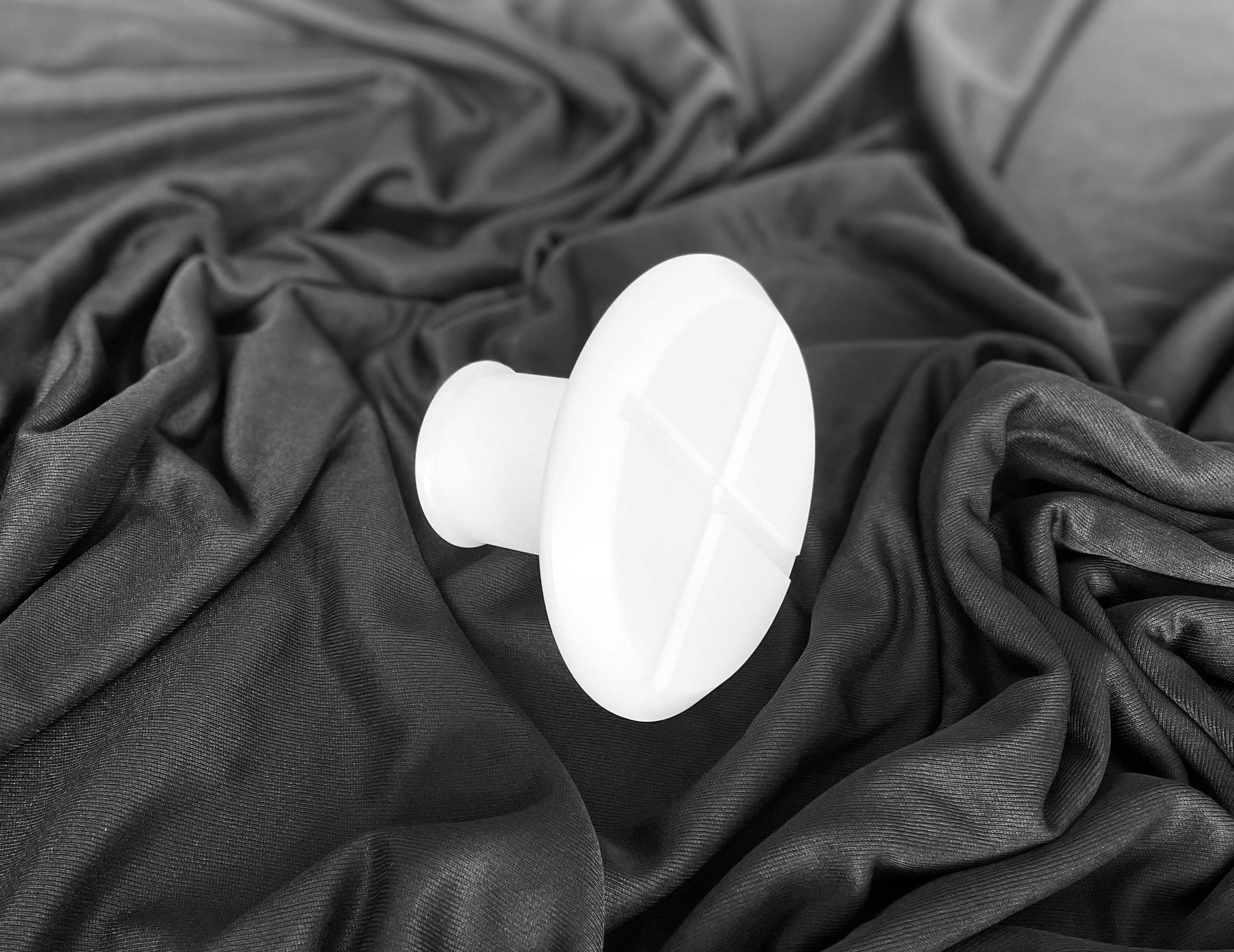The growth of the railways sector has been as pronounced in the developed world as it has been in emerging markets. While emerging markets have focussed on expanding their networks and increasing electrification, developed countries have invested significantly on technological advancements, which offer higher speeds, higher load carrying ability, and a more comfortable ride.
As anyone who is familiar with engineering can guess, these improvements in efficiency often come with the incorporation of new materials such as high-performance polymers. Polymers such as PTFE, Nylon, UHMWPE, and Polyethylene are finding higher levels of penetration in a growing array of applications within the railways space. These applications make use of a myriad of properties including, but not limited to, wear resistance, electrical insulation, coefficient of friction, and compressive strength.

Poly Fluoro – with an already strong portfolio in the polymer space – has had the opportunity to not only engage in the manufacture of such key materials, but to also work on R&D for new areas and reverse engineer existing products to introduce improvements and enhance cost-effectiveness.
Gliding Plates
Also known as skid plates, sliding plates, slide plates, and Gleitplatte (German), these flat plates are used in vibration dampening and to allow for the smooth sliding of metal plates without causing excess heat and/or friction. The plates are made from either PTFE, Nylon, UHMWPE, or HDPE. These polymers all have high self-lubricity and are capable of taking heavy loads without deformation. In the case of PTFE – which tends to be heavier than the other polymers mentioned, but also more robust – the plate can also withstand temperatures of up to 250°C.
Gliding plates have certain features, which are machined into the plates:
-
Oil grooves – to allow for even smoother sliding, the plates have grooves machined into the surface for oil to rest in
-
Dimples – some plates have dimples machined into the surface. This again forms pockets for oil, grease, or any other lubricant to sit within
-
Holes – plates need to be machined with counter sunk holes to allow them to be bolted
-
Flatness – the flatness of the guide plate is essential, as it allows for maximum surface-to-surface mating with the other sliding parts
-
Chemical treatment – mainly for PTFE, the plates may sometimes need to be chemically etched so that they can be bonded to other substrates
Rail guides
Alignment is crucial in the railway industry. Efficient function depends on parts aligning exactly, even over considerably long distances. Components such as guide rails, conduits, and guiding ledges are essential in railways systems. They employ a variety of polymers such as Nylon 6.6 (PA66), Nylon 12 (PA12), POM (both virgin and with glass fillers), and Polypropylene. These can be either machined or injection moulded, or both. Accuracy is paramount, since tight tolerances are needed to ensure that parts stay aligned. The presence of vibration in railway systems means that parts need to be robust enough to withstand mechanical loads, while also being able to accommodate smaller vibrations without cracking.
Rail guides can be used to channel elements such as cables and sliding members. They can also be moulded as conduits or clamps that can be used to hold elements in place.
Pneumatic Tubes for Pantographs
PTFE tubes are challenging to make and there exist only a handful of manufacturers worldwide that can effectively extrude high-quality tubes.
The pantograph is a very vital equipment on all railway systems, as it takes electric current from overhead lines into the train itself. As such, the materials involved need to be both mechanically strong and highly resistance to heavy voltages and currents. PTFE thick-walled tubes are used in these arrangements as they meet both these criteria. Tubes are made using high-purity fine powder resins and are blended with fillers – including pigments – to allow for colour coding.
Thick-walled tubes have service pressures of up to 35Bar, with burst pressures in excess of 100Bar. In addition to this, the high dielectric strength of PTFE allows for breakdown voltages in excess of 50Kv/mm.
As the demand for electrification increases across the developing world, pantograph demand is expected to skyrocket. High-quality PTFE tubes would be essential to support this demand.
Short Neutral Sections
Power to overhead electrical lines are provided by substations. These substations are often located at intervals of about 100Km along railway lines. It is also likely that their phases are different and hence essential that their currents are kept insulated from each other. Short neutral sections are insulating members that connect the lines between two sub-stations. The pantographs feeding off the overhead wires for current will pass over the neutral section in order to switch from one substation’s power to the next.
The short neutral section – or SNS – is required to be mechanically strong (the tension in the overhead wires can be significant), electrically resistance, and capable of taking high wear loads, as the pantographs will repeatedly rub over this element, causing a gradual wearing off.
PTFE with special wear increasing fillers is used in this application, which also incorporates metal elements, including copper and stainless steel. The importance of this assembly cannot be overstated, as it ensures the smooth supply of current to the railway engine and constantly endures many different forces – including the weather.
Again – PTFE thick-walled tubes are needed in this application. They are challenging to manufacture and go through multiple tests before they can be approved for usage on the field.
Above are only a few applications of high-performance polymers in railway applications. In truth, there are literally hundreds of different products used today that incorporate the unique and long lasting properties of polymer materials.
Read More
2. Polymers in Fluid Transfer Applications
3. Polymers in Renewables - The Rising Role of High-Performance Plastics in Renewable Energy



